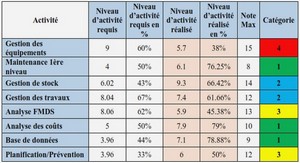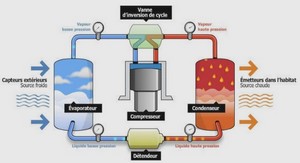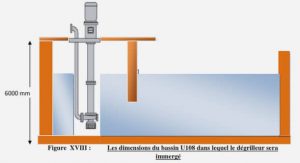In accordance with the more than Moore principle, several functionalities have been added at the chip scale, making them applicable in the diverse fields. The enormous amount of data storing computers and their associated components deployed within data centres consume large amount of electrical energy thereby increasing the operation cost. The future of computer technology rellies on ultra-fast data transfer rates between and within the microchips (Meindl, 2003).
A data centre with many servers incurs high opearational costs and power consumption due to increase of optical components on a small chip size. Thus, there is a tremendous need for developing highly efficient miniaturized optical components that could bring down the cost of high speed optical interconnects to 1$/Gbps. Resolving these challenges need the development of compact and efficient tunable transcievers which can be used in dense wavelength division multiplexing (DWDM) systems. These DWDM optical communication systems provides high performance networks which are able to meet with the high data transfer rates and provide the same spectral efficiency till the last mile (end users) as it is found in the core networks. High refractive index contrast waveguides, which can be implemented with the CMOS fabrication technology, have allowed the development of photonic circuitry using electronic fabrication facilities. This has made the silicon nitride/silicon photonics one of the most promising optical integration platforms over the last few years leading to the possibility of developing highly efficient miniaturized optical components and tunable lasers that could bring down the cost of optical interconnects.
The main objective of this thesis is to design, fabricate and characterize the silicon nitride (Si3N4) waveguide based integrated optical filter components with potential application for wavelength selective devices. A 3rd order Si3N4 ring filter in a reflector configuration will be designed to have a wide free spectral range (FSR), which can be used to develop a wavelength channel selection mechanism in a tunable external cavity laser (ECL). This small ring reflector will provide an optical feedback mechanism and allow the wavelength tuning of a laser. Also, a Si3N4 ring filter with an aim of developing an optical eye reshaper, will be designed having a large extinction ratio (ER) to be potentially used as a tunable transmitter in the NG PON2 systems. This external ring filter having a FSR of 100 GHz, will be used in future along with the tunable laser to implement a CML. With this view, the optical components such as microring/racetrack resonators will be designed and optimized leading to the innovative transceivers application.
Methodology
The devices demonstrated in this thesis were fabricated using a CMOS compatible process. The research methodology cycle begins with an idea emerging through the literature review, brain storming and workshops/conferences. The design model is based on the standard 8’ Si wafer covered with a 4 μm thick oxide layer. Later, simulations and optimization of basic building blocks such as directional couplers, Y splitters, and waveguide bends, are done using analytical models, further leading to the design optimization of the final devices such as racetrack resonators with the aid of the numerical tools such as Eigen-mode expansion (EME) and the finite difference time domain (FDTD) solvers.
Afterwards, the photolithographic mask used for fabrication is designed. In order to build our devices, we have used the fab facilities of IME*Singapore accessed via CMC Microsystems (strictly following the PDK) and several other lab facilities of universities across Montreal, Canada such as INRS, Polytechnic and McGill. The recipes associated with the microfabrication steps such as dry reactive ion-etching (DRIE), e-beam lithography, low-pressure chemical vapour deposition (LPCVD) and plasma enhanced chemical vapour deposition (PECVD) were modified to obtain an optimized process flow in collaboration with the fellow researchers and the clean room personals. Through the efficient mix and match of the lithographic techniques, a large range of dimensional issues were addressed as and when required. After receiving the fabricated chips from the fabs, optical testing and measurements are performed in the UQAM lab facilities using an advanced alignment setup to investigate the propagation and insertion losses, followed by the transmitted/reflected spectrum analysis using an optical spectrum analyser. After this, the data processing and analysis is done by comparing the simulated and the experimental results, leading to the model verification and improvement.
Eventually the results obtained are presented in conference presentation. The above methodology cycle was repeated in order to build each device and some fab variations were carried out from time-to-time in order to resolve the structural discrepancies and to solve the challenges arising while testing of the optical devices.
Thesis Contributions
In this thesis, we present ring filters in different configurations, contributing to the field of silicon/silicon nitride photonics as follows:
1) Racetrack resonator filters for CML: We design and demonstrate a Si3N4 racetrack resonator, with a FSR in close proximity to the ITU channel grid, to be used as an external filter along with a tunable laser to implement chirp managed lasers (CML).
2) Ring reflector filter for tunable laser: We designed a 3rd order ring filter in a reflector configuration on a Si platform giving a FSR wide enough to cover the entire C- or L- band. Also, we demonstrate a Si3N4 ring reflector, providing a novel approach towards future designing of a high order ring reflector (using Si3N4 waveguide), for the tunable laser application.
INTRODUCTION |






